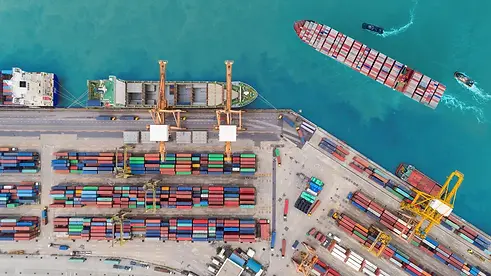
Maritime
Shipping replacement parts in any heavy industry, and specifically in maritime is expensive.
Current supply chains are heavily burdened by centralized production, storage and transportation costs. With a hybrid solution where selected parts are made locally on-demand when needed, carry costs can be reduced, together with lead times and carbon footprint.


It is also time consuming.
Replacing parts is a cumbersome, complex and expensive process. From order to receipt, end-users can expect to wait anywhere from 3-6 weeks.
Parts are shipped around the world everyday. From a manufacturer in China, to a warehouse in the US, to an end-user in Singapore. This process is detrimental to our environment.
Providing localized and on-demand manufacturing of replacement parts in ports makes more sense.
In the current state of the additive manufacturing technology and because every inch of a maritime vessel is necessary for operations, it wouldn’t make sense to onboard a 3D printing shop.

Reshoring Activities in the Supply Chain.
Better data is causing a resurgence in reshoring as it can reduce risks and improve efficiencies. As companies go through digital transformation initiatives, it is no longer seen as an operational cost center but a multi-level function geared towards building business capabilities to drive growth and minimize risk.
